Input interpretation

4-amino-2, 6-dichlorophenol
Chemical names and formulas
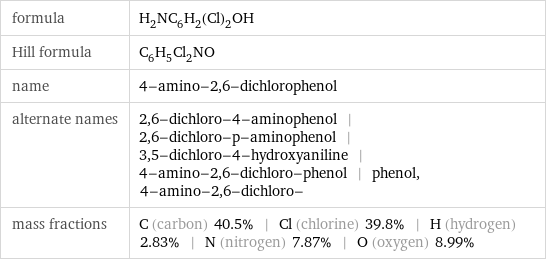
formula | H_2NC_6H_2(Cl)_2OH Hill formula | C_6H_5Cl_2NO name | 4-amino-2, 6-dichlorophenol alternate names | 2, 6-dichloro-4-aminophenol | 2, 6-dichloro-p-aminophenol | 3, 5-dichloro-4-hydroxyaniline | 4-amino-2, 6-dichloro-phenol | phenol, 4-amino-2, 6-dichloro- mass fractions | C (carbon) 40.5% | Cl (chlorine) 39.8% | H (hydrogen) 2.83% | N (nitrogen) 7.87% | O (oxygen) 8.99%
Lewis structure

Draw the Lewis structure of 4-amino-2, 6-dichlorophenol. Start by drawing the overall structure of the molecule, ignoring potential double and triple bonds: Count the total valence electrons of the carbon (n_C, val = 4), chlorine (n_Cl, val = 7), hydrogen (n_H, val = 1), nitrogen (n_N, val = 5), and oxygen (n_O, val = 6) atoms: 6 n_C, val + 2 n_Cl, val + 5 n_H, val + n_N, val + n_O, val = 54 Calculate the number of electrons needed to completely fill the valence shells for carbon (n_C, full = 8), chlorine (n_Cl, full = 8), hydrogen (n_H, full = 2), nitrogen (n_N, full = 8), and oxygen (n_O, full = 8): 6 n_C, full + 2 n_Cl, full + 5 n_H, full + n_N, full + n_O, full = 90 Subtracting these two numbers shows that 90 - 54 = 36 bonding electrons are needed. Each bond has two electrons, so in addition to the 15 bonds already present in the diagram add 3 bonds. To minimize formal charge carbon wants 4 bonds. Identify the atoms that want additional bonds and the number of electrons remaining on each atom: Fill in the 3 bonds by pairing electrons between adjacent highlighted atoms. Note that the six atom ring is aromatic, so that the single and double bonds may be rearranged: Answer: | |
3D structure
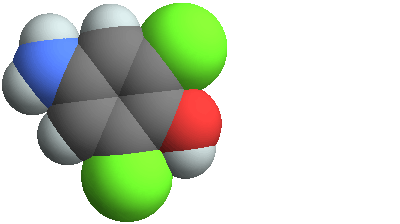
3D structure
Basic properties
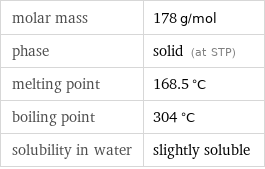
molar mass | 178 g/mol phase | solid (at STP) melting point | 168.5 °C boiling point | 304 °C solubility in water | slightly soluble
Units

Solid properties (at STP)

vapor pressure | 5×10^-4 mmHg (at 25 °C)
Units

Thermodynamic properties

molar heat of vaporization | 56.6 kJ/mol specific heat of vaporization | 0.318 kJ/g (at STP)
Chemical identifiers
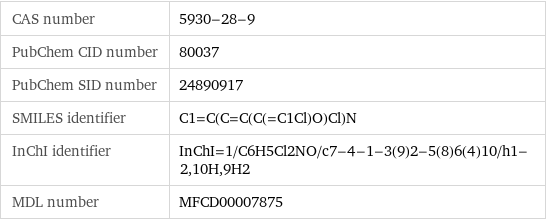
CAS number | 5930-28-9 PubChem CID number | 80037 PubChem SID number | 24890917 SMILES identifier | C1=C(C=C(C(=C1Cl)O)Cl)N InChI identifier | InChI=1/C6H5Cl2NO/c7-4-1-3(9)2-5(8)6(4)10/h1-2, 10H, 9H2 MDL number | MFCD00007875
NFPA label

NFPA label
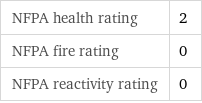
NFPA health rating | 2 NFPA fire rating | 0 NFPA reactivity rating | 0
Safety properties

flash point | 137 °C

DOT hazard class | 6.1 DOT numbers | 2811